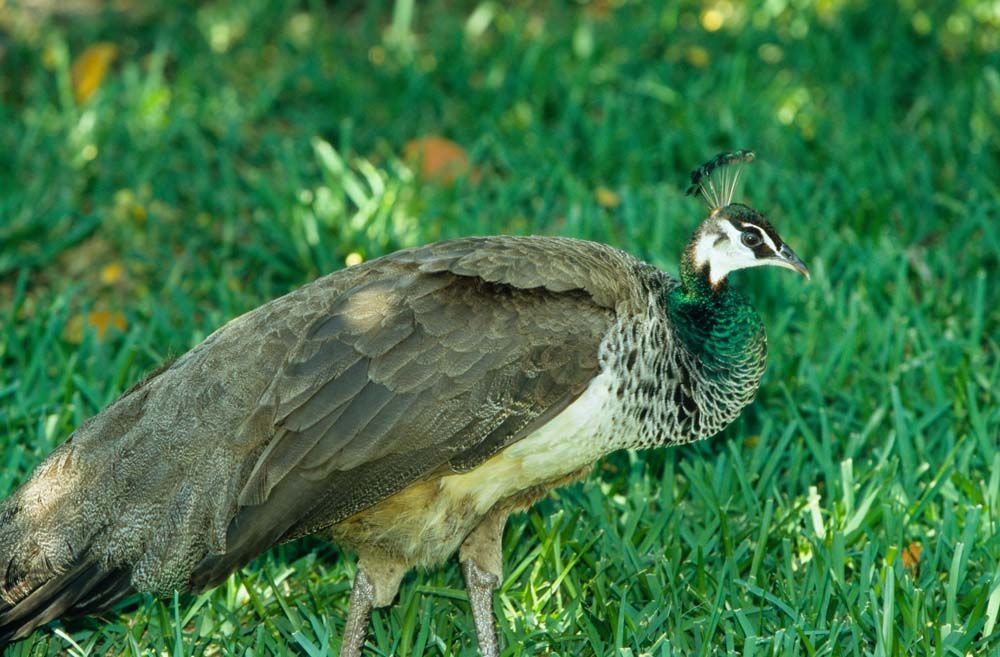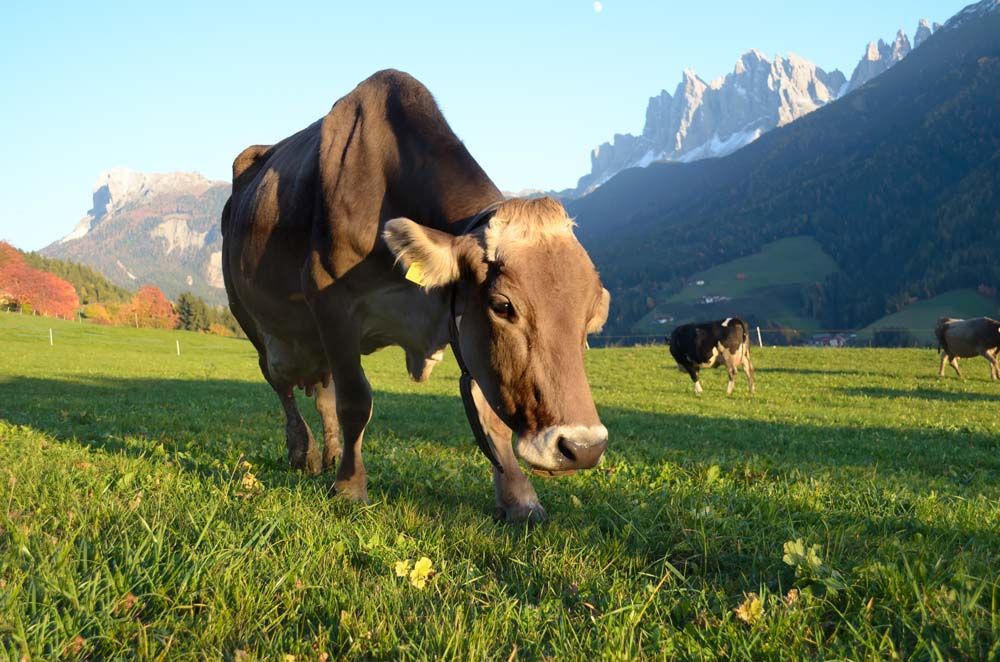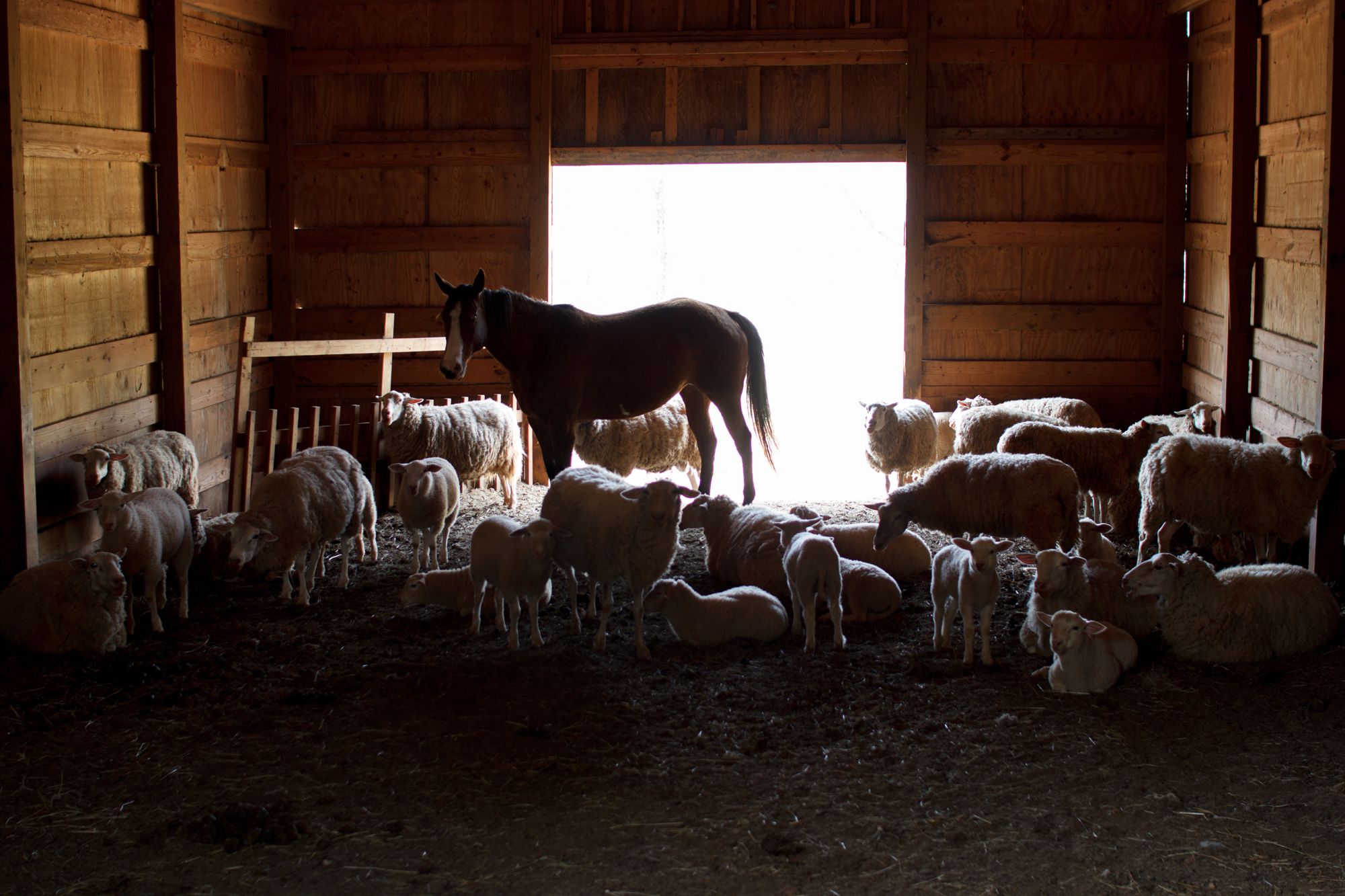Overcoming Pigeon Problems


Did you know that pigeons—also known as rock doves—are the world’s oldest domesticated bird? They have attractive color patterns and sometimes iridescent green or purple neck bands. They form social flocks and seem to possess a curiosity about the world similar to a chicken’s.
It’s no wonder that people enjoy watching pigeons, feeding them, raising them, and even racing them.
But pigeons aren’t quite so interesting when they invade your farm. If a flock of feral pigeons start hanging out in numbers around the barnyard or flying in and out of the machine shed, the noise, mess, and movement can become a real nuisance.
Pigeons usually aren’t afraid of people and coexist easily.
The same tameness that draws them to parks, cities, and fast food parking lots means they can be quite comfortable settling in at your farm and making themselves at home.
Unwanted pigeons on the farm are a problem, but it’s a problem you can solve. Here are a few ideas to get you going:
1. Block their access
If pigeons are trying to make themselves at home in a building, then installing physical barriers so pigeons can’t enter is a first goal. Older buildings may have open venting, windows, or even holes that act like welcome signs to pigeons, so making repairs and installing barriers like hardware cloth over vents can eliminate a lot of issues.
However you may have buildings that are impossible or impractical to restrict access to—like open machine sheds or three-sided hay shelters. And even if pigeons can’t get in a building, they may still try to hang on the ridgeline or under eaves. So you may need other tools.
2. Try an auditory deterrent
You can also try to deter pigeons with devices that emit an ultrasonic warning noise. These devices look and work a bit like a wildlife trail camera—they sense bird movement with infrared sensors and then emit a very loud (though inaudible to most humans) noise that is intended to startle pigeons into leaving (some may produce a noise that sounds like a predator).
Unsurprisingly, people tend to have mixed results with these types of products. In some situations, the noises deter pigeons and other unwanted birds with a high success rate—the pigeons take to the skies and don’t return. In other cases, the birds may become accustomed to the device.
But if it does work, this is a relatively low-cost, simple, and humane solution for discouraging the birds.
3. Install bird spikes
Your pigeons probably consistently return to the same roosting locations around the farm. You can use this behavior to your advantage by using “bird spikes” placed on their favorite roosting spot to discourage them from sitting there—similar to the “hostile architecture” you’ll find in a city.
Bird spikes aren’t as aggressive as they sound; instead they look more like an old-fashioned TV antenna with thin aluminum rods protruding from a central rod.
When installed, the birds simply can’t land because there isn’t a flat space large enough. The challenge, of course, is that some roosting places may be difficult to reach, and you may need a lot of bird spikes to cover all the locations.
Shock wire is another similar option—basically an electric fence concept—that produces a harmless yet startling electrical pulse when the pigeons land on it. It’s effective, though the initial setup can be complex.
4. Try a decoy
Plastic owl decoys are another option, and they’re inexpensive to try—but they aren’t known for being very effective as a long-term solution because the pigeons get used to the presence of the owls and stop being scared of them.
Nobody has anything against pigeons, but when they invade your farm and begin causing damage, it’s time to take the steps to get the problem under control. Good luck!
Consider Hiring a Natural Abatement Professional
Western mystery writer C. J. Box has a recurring character in his novels who is a falconer—someone who trains falcons and other birds of prey. His most recent novel placed his employee in Colorado to rid a barn of a troublesome murmuration of starlings. (Yes, murmuration is the collective noun for starlings, but it is a “flight” or “flock” of pigeons.)
Fiction? Not at all.
Professional falconers use falcons and hawks every day by leveraging their natural instincts to prey on nuisance birds such as pigeons, starlings, seagulls, and any other nuisance bird. When attacked, the troublesome birds seek safer locations and usually do not return.
Tags:Country Critters

Acreage Life is part of the Catalyst Communications Network publication family.













